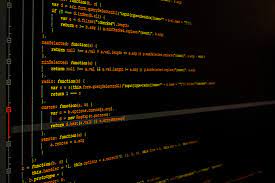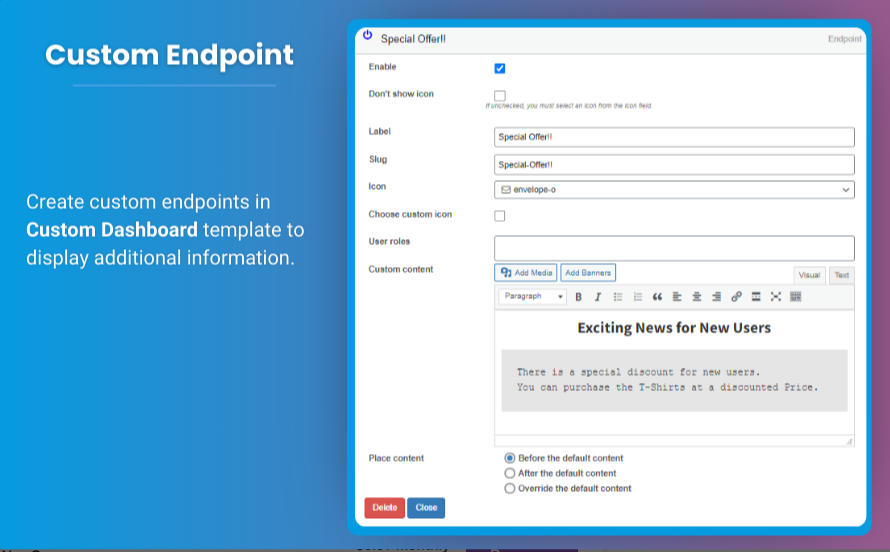Ensuring that a mobile app is free of bugs and performs optimally across devices is crucial for delivering a great user experience. Thorough testing and debugging play a vital role in identifying issues before an app is released to the public. Cross-platform frameworks like Flutter and React Native offer built-in tools and features that simplify the testing and debugging process, helping developers identify problems quickly and ensure smooth app performance on both iOS and Android.
In this article, we’ll explore how Flutter app development company solutions and React Native development services provide developers with the tools to effectively test and debug mobile apps, ensuring that users enjoy a seamless experience.
The Importance of Mobile App Testing and Debugging
Mobile apps need to perform consistently across different devices, screen sizes, and operating systems. Without proper testing, bugs and performance issues can lead to a poor user experience, resulting in negative reviews and uninstalls. Testing and debugging ensure that apps are functional, responsive, and secure. Both Flutter and React Native simplify this process with their comprehensive testing tools, making it easier to release high-quality apps.
Flutter’s Testing and Debugging Features
Flutter, developed by Google, offers a rich set of testing and debugging tools that help developers create stable, bug-free mobile apps. From widget testing to end-to-end testing, Flutter app development company solutions provide everything needed to ensure that an app performs as expected before going live.
Here’s how Flutter supports testing and debugging:
- Widget Testing for UI Consistency: Flutter’s widget testing allows developers to verify that individual components of the user interface behave as expected. This is particularly useful for ensuring that UI elements, such as buttons, forms, and animations, render correctly and provide a consistent experience across different devices.
- Integration Testing for Complex Interactions: Flutter enables developers to perform integration tests to ensure that different parts of the app work together seamlessly. By testing user flows and interactions with multiple components, developers can identify issues related to data flow, navigation, and other complex functionalities.
- End-to-End Testing for Full Coverage: Flutter supports end-to-end testing, allowing developers to simulate real-world user scenarios and validate the entire app workflow. This helps ensure that every part of the app—from the user interface to backend services—works as intended.
- Hot Reload for Faster Debugging: One of Flutter’s most valuable features is hot reload, which allows developers to make changes to the app’s code and see the results instantly. This speeds up the debugging process by enabling real-time testing, reducing the time spent identifying and fixing bugs.
- Detailed Error Messages and Stack Traces: Flutter provides detailed error messages and stack traces, helping developers quickly identify the source of bugs or performance issues. This allows for faster troubleshooting and ensures that potential issues are addressed before the app is released.
React Native’s Testing and Debugging Tools
React Native, developed by Facebook, also provides developers with powerful tools for testing and debugging mobile apps. Its integration with JavaScript testing frameworks and support for native modules make it a strong choice for developers who want to ensure that their apps are bug-free and perform well. React Native development services offer the expertise needed to implement comprehensive testing strategies and streamline the debugging process.
Here’s how React Native supports testing and debugging:
- Component Testing for UI Elements: React Native’s component-based architecture makes it easy to test individual UI components, ensuring that they render correctly and function as expected. Developers can use testing frameworks like Jest to create unit tests for React components, verifying that each element behaves as intended.
- Integration Testing for Full-Scale Functionality: React Native supports integration testing to ensure that different parts of the app work together smoothly. By testing user interactions, navigation, and data flows, developers can identify issues that may arise from combining multiple components and services.
- End-to-End Testing with Detox: React Native supports end-to-end testing using tools like Detox, which allows developers to simulate user interactions and validate the full app experience. This ensures that the app performs as expected in real-world scenarios, from the initial launch to complex user flows.
- Fast Refresh for Quick Debugging: React Native’s fast refresh feature allows developers to make changes to the code and instantly see the results. This makes it easier to identify and fix bugs in real-time, reducing downtime during development and enabling faster iterations.
- Third-Party Debugging Tools: React Native integrates with a wide range of third-party debugging tools, such as Flipper and React DevTools, which provide developers with in-depth insights into app performance, memory usage, and component behavior. These tools make it easier to monitor the app’s performance and identify areas that need improvement.
Comparing Flutter and React Native for Testing and Debugging
Both Flutter and React Native provide powerful testing and debugging tools, but they approach the process differently:
- Real-Time Debugging: Flutter’s hot reload and React Native’s fast refresh both allow developers to make changes to the code and see the results instantly. Both features speed up the debugging process by allowing real-time testing and troubleshooting.
- Testing Frameworks: Flutter’s built-in testing tools provide comprehensive support for widget, integration, and end-to-end testing, making it easier for developers to ensure that every part of the app functions correctly. React Native relies on JavaScript testing frameworks like Jest for unit testing and Detox for end-to-end testing, providing flexibility for developers familiar with these tools.
- Error Messages and Debugging Support: Flutter’s detailed error messages and stack traces make it easier to identify the source of bugs, while React Native’s integration with third-party debugging tools like Flipper offers additional insights into app performance and memory usage.
- Integration Testing: Both frameworks support integration testing, ensuring that multiple components work together smoothly. Flutter’s integration testing tools are built into the framework, while React Native developers can use Jest or other third-party libraries for this purpose.
Choosing the Right Framework for Testing and Debugging
When deciding between Flutter and React Native for testing and debugging mobile apps, consider your team’s preferred tools and the complexity of your app:
- Choose Flutter if: You want a comprehensive, built-in testing toolkit that supports widget, integration, and end-to-end testing with real-time debugging. Flutter app development company solutions ensure that every part of the app is thoroughly tested before release, reducing the risk of bugs and performance issues.
- Choose React Native if: You prefer to use JavaScript testing frameworks and third-party debugging tools for flexibility in testing. React Native development services provide the tools needed to implement effective testing strategies and quickly identify and resolve bugs.
Conclusion
Effective testing and debugging are essential for delivering a high-quality, stable mobile app. Both Flutter and React Native offer powerful tools that simplify the testing process and ensure that apps perform well across platforms.
A Flutter app development company can help businesses create bug-free, high-performance apps with comprehensive testing and real-time debugging tools. Meanwhile, React Native development services provide flexible testing solutions and third-party integrations that ensure apps are thoroughly tested and optimized for performance.
By choosing the right framework for testing and debugging, businesses can ensure that their apps are stable, responsive, and ready for release.



